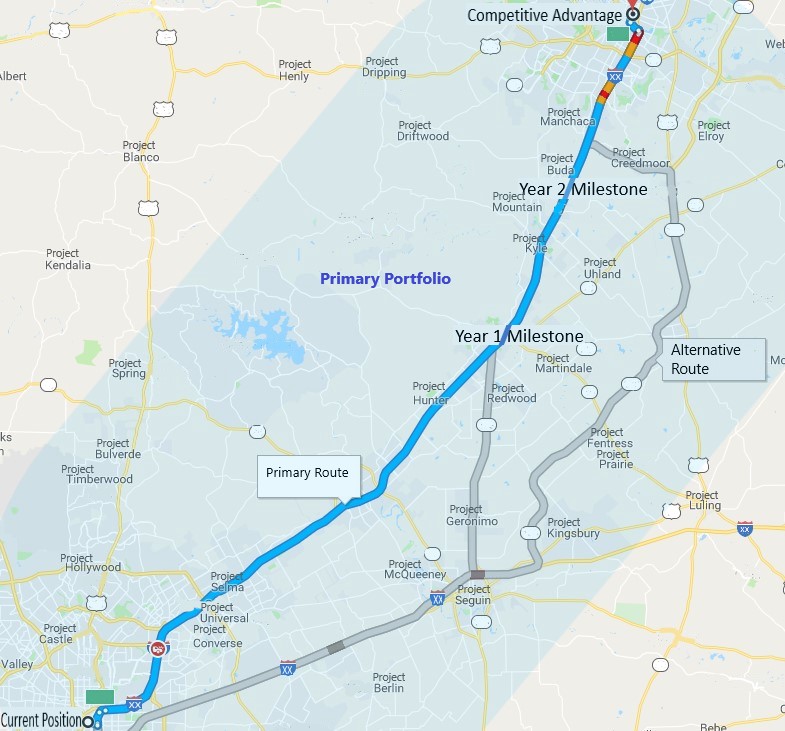The benefits of effective roadmaps are:
- Creates an environment that fosters innovation and minimizes technical debt
- Focusing evaluations and decisions on areas that add value
- Improves the ability to rapidly deploy and scale solutions across an organization
- Align IT priorities with the general organization
- Accelerates achievement of the organization’s key objectives
Last week I meet with Cris Frusina and Rick Winter of Crean & Associates to talk about Smart Factories. Our research and anecdotal and empirical evidence showed that many manufactures, especially in the US, are struggling to make effective use of Smart Factory technology. This isn’t because they are not adopting Smart Factory tools. The issue is that most manufactures are implementing tools on a case by case basis to address urgent needs without an overall vision or roadmap for where they want to go. This approach limits potential benefits from an integrated approach and adds to ongoing costs by creating an overly complex set of solutions.
In today’s dynamic world where change is constant, I’ve seen areas where the Agile concept of “Responding to Change over Following a Plan” has been taken to an unhealthy extreme. This can result in teams lurching from fighting one fire to the next, instead of ensuring that efforts are focused in the same direction. The lack of roadmaps happens in many manufacturing operations where IT and operations technology teams fail to coordinate.
The start of the roadmapping process must be the business’s vision and business models for competing in the future. All roadmaps should then be assembled based on what needs to be put in place to realize the new business models in a highly effective manner. From a technology standpoint the roadmaps should provide guidelines. These guidelines should minimize rehashing of decisions that have already been made, while enabling development teams with the flexibility they need to reach to key business objectives in the most effective way. As an example, if a company has already selected and implemented an asset management solution that meets its requirements, that solution should be used by everyone going forward. On the flip side, if the company identifies that they will need a new traceability solution in the future, the roadmap should only specify the principals that should be used in selecting the future solution.
A key feature of Agile processes is the ability to sense and respond to changes in the environment. Changes in market dynamics, customer preferences, and available technology must not just be reflected in the direction of solution development teams, but just as importantly in the roadmaps, albeit with a different cadence. On occasion there will be changes that cause a company to reassess its vision and business models, but these should be infrequent compared to other factors. Examples might include the start of recession or expected adoption of a disrupting business model by a new or existing competitor. However, customer demands, and available technologies are constantly evolving. This means the IT enterprise and business architecture teams must regularly update roadmaps for the new information. In my experience this should be done at least twice a year, and often more frequently.
The key capabilities that an organization must have to enable this process are:
- Ability to sense and communicate changes in market dynamics, and customer demands
- Understanding of technology trends and expected maturation points of applicable emerging technology
- An effective governance process that will enforce compliance with the roadmaps guidelines while identifying exceptions that require roadmap updates




